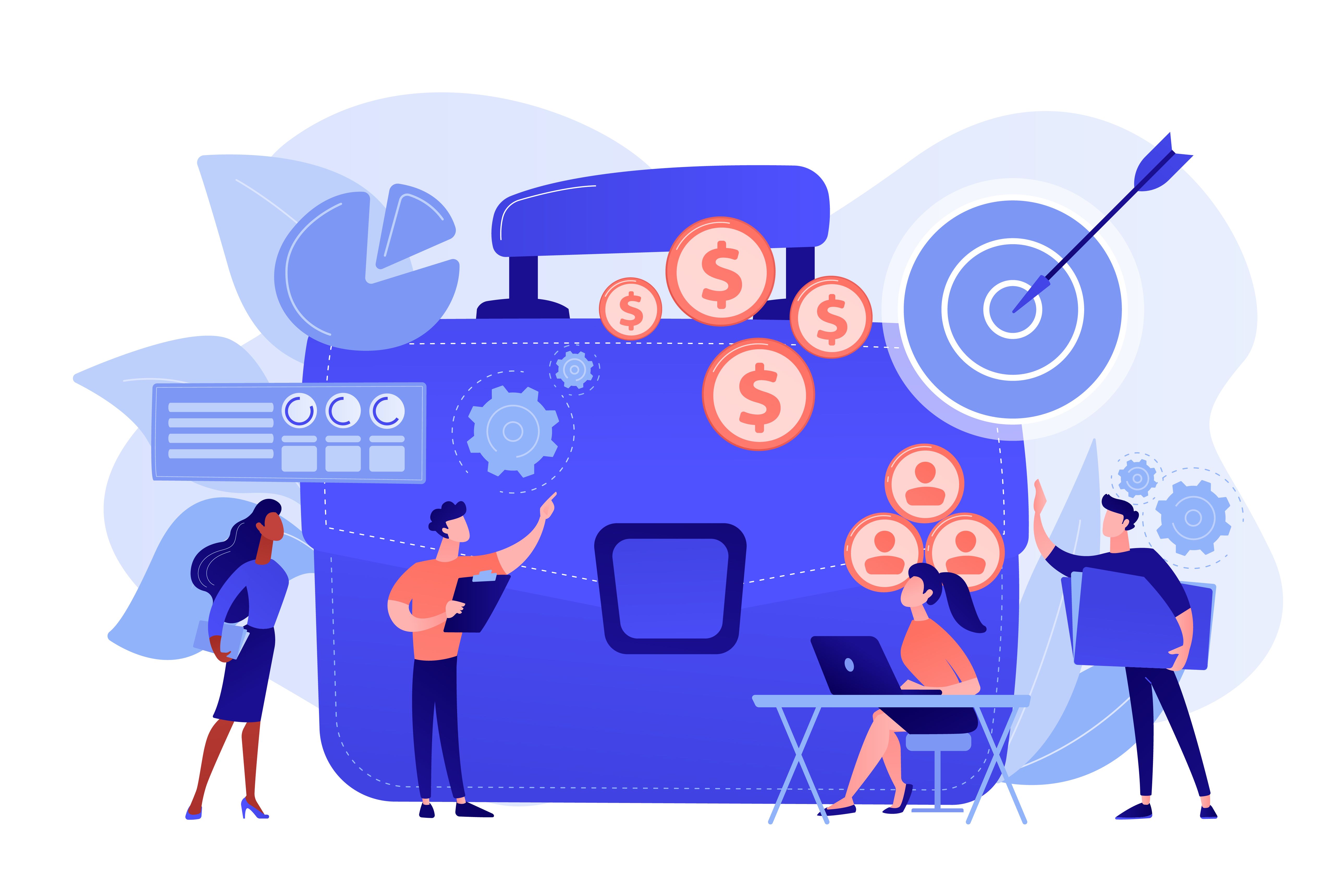What Happens When We Give Time And Attention To Others At Work?

To give is to freely transfer the possession of something. It is said that the key to happiness is in the act of giving, as it not only brings joy to the person who receives it but also to the person giving.
In today’s increasingly digital world, the wants and needs of those we work with as friends or colleagues sometimes become secondary to the demands of work.
So much of our time today is spent in meetings, e-mails and requests that come our way. This generally leads to a feeling of fatigue and being overwhelmed.
I recently heard a heartbreaking story of a friend who lost a colleague and when visiting the family to pay condolences, learnt so much about the person that he otherwise would not have known.
If we don’t know each other how can we help meet each other’s needs as people? In moments like this, we realise that at the heart of it, we all want to lead lives of significance and meaning.
Gifting time and attention

I am reminded of a scene in the movie Shall We Dance where Susan Sarandon’s character said; “We need a witness to our lives. There’re billions of people on the planet; what does anyone life really mean? But in a marriage, you’re promising to care about everything. The good things, the bad things, the mundane things, all of it, every day. You’re saying, your life will not go unnoticed because I will notice it. Your life will not go unwitnessed because I will be your witness.”
This quote on why relationships are so important perfectly captures and explains why human connection is essential to all of us.
This might interest you: How A Simple Gesture Can Make All The Difference To How People Perform
This is equally so in the working context as we spend most of our waking hours with our colleagues. How much are we really giving to each other?
A great way to start is to look at these two areas as superpowers and understand that their use needs to be measured and safeguarded from elements that can derail us. Today’s working life has tools which inadvertently strip out our humanity and ability to really connect; it’s all too convenient to rely on e-messages to get our messages across.
However, electronic communication does not fulfil our need to be noticed as people. While we are sending way more messages and updates to each other, our ability to really connect is getting weaker.
So how can we do better? One way is to expend our “superpowers” upon our colleagues in a way that impacts their well-being. The time and attention we give to our team members go a long way in lifting their spirits and easing their burdens.
One of my former bosses advised me to just focus on five subordinates and know them personally, beyond work. In turn, encourage them to do the same with their five subordinates, and this then creates a cascading effect of feeling cared about and being noticed.
When a young child acts up, it is often because, at the root of it, he craves for the time and attention of his parents. Similarly at the workplace, when disengagement happens, more often than not it’s a result of a boss who is too busy to give attention, listen and guide.
I know of a chief executive who makes it a point to have personal lunch with his staff on their respective birthdays. As a result, staff who meet him renew their feelings of being inspired and float around with joy for the rest of the day. That is the power of time and attention well spent.
Setting connection targets

If we are serious about harnessing human potential and growing people in the workplace, are we measuring how managerial time and attention is being spent? Most of us have profitability or growth targets but never target to build connections with those who work with us.
It is assumed that this will take place naturally, but in reality, this aspect of human connection is fast depleting in the working world. New ways of approaching and solving this problem need to be put in place. What used to be natural in the past may need some premeditation and renewed intent behind it, in today’s context.
Before we say human resources or management should do something about this, let us ask ourselves, “If we leave our job, who will really miss us, not as a person who shouldered the workload, but as a friend?”
If you can’t think of five names, it’s time to do things differently. Let’s look at ways to make giving our time and attention to others as a priority and not let it slip through the cracks.
A recent article in the Harvard Business Review tells of how a group of firefighters reported that eating together is a central component of keeping their teams operating effectively as it was an opportunity to connect.
It makes their team feel like they are operating as a family and creates the chance to spend time in a meaningful way outside of work. Most managers I meet today are having packed lunches at their desk – if they are eating at all – and do not have time to sit with their teams. Perhaps, given that food is so central to the Malaysian way of life, this can be a good starting point?
As we approach the end of the year, this might just be the right opportunity to reflect on how we give our time and attention in 2016 and come up with a few changes that we can implement in 2017.
Recommended reading: Happiness Is In Giving
Leadership
Tags: Executing Leadership, Values, Relationships, Culture, Engagement, Team Leadership, Communication
Rupa Sivanoli is the CEO and Founder of Talent Tribe Solutions. Rupa has over 25 years of work experience in the consulting and services sector. Her 12 years in consulting lies predominantly in change management, project management, HR assessments, talent development, employee engagement as well as diversity and inclusion. She has served within the Big Four international consulting firms, in senior managerial roles leading projects focusing on a variety of operations and strategic improvements. Subsequently, she served 5 years in an Asia Pacific shared services center working as a Senior Manager in operational and human resource roles within a German based Fortune 500 company regarded as a world leader in the chemical industry. She is passionate about change and transformations be it organisational or personal and believes its all starts with self discovery. Upon knowing one’s gifts (strengths), individuals are empowered to make great contributions to organisations and communities. This led her to becoming a Gallup Strengths Coach who has coached senior leaders from various industries.





